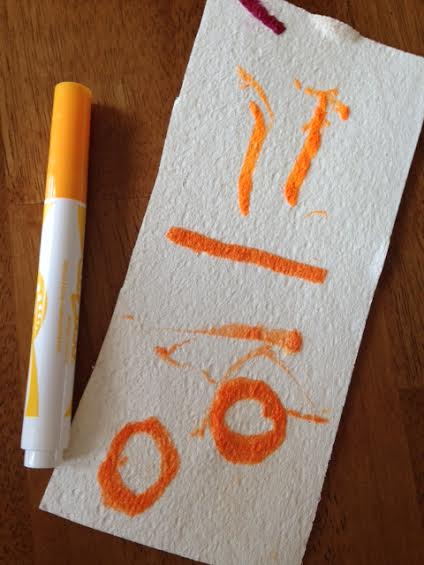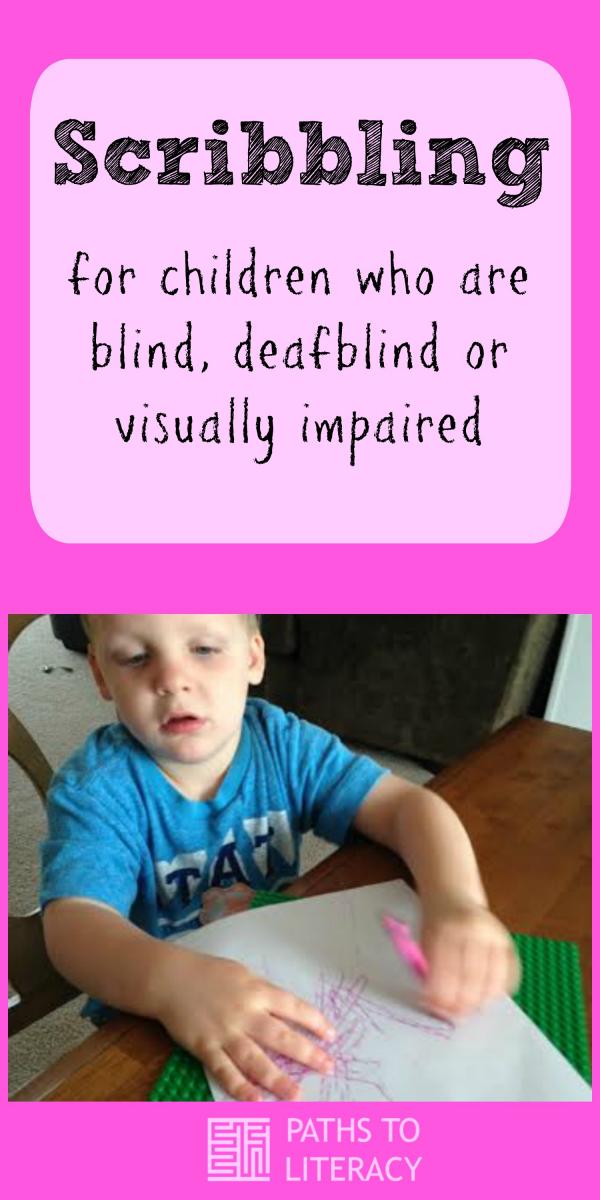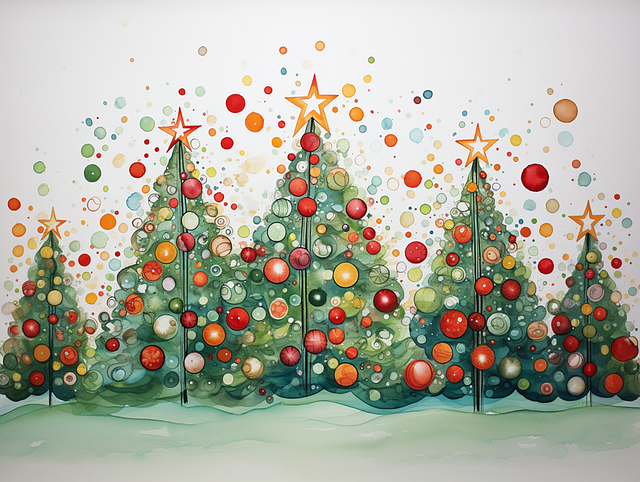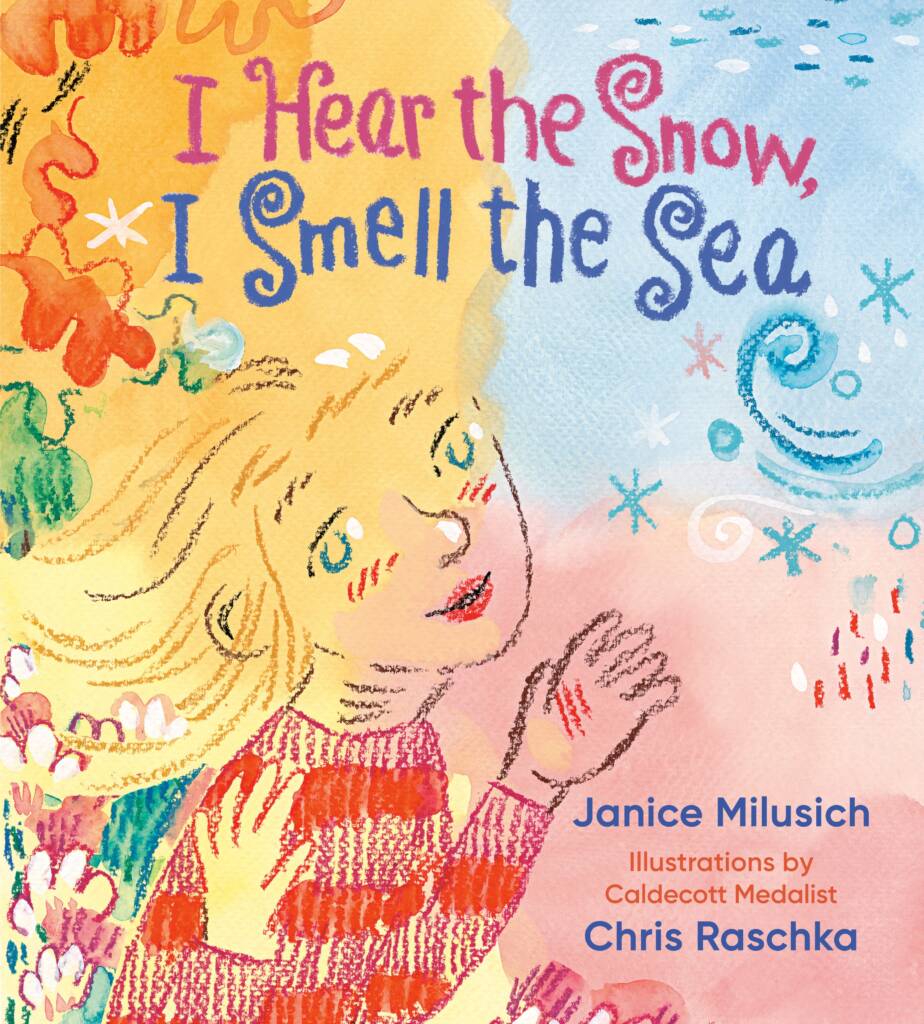When I was first introduced to the idea of “scribbling” for my son Liam who is deafblind, I remember thinking, “Scribbling doesn’t really make sense for my son since he can’t see what he is scribbling”. Well, I came to find out that “scribbling” for a child who is visually impaired is an important experience for a braille learner and early literacy. I found out that it is very possible for a child who is visually impaired to scribble, it just looks different then I was imagining in my head. Children can scribble using a braillewriter or other methods used to make raised lines or tactile symbols.
There are many benefits to “scribbling”. Here are a few:
- Exposure to writing materials
- A chance to be able to share a story
- Opportunities for a child to realize that they can express themselves on paper
- Fun leisure activity that can involve the whole family
- Work on fine motor skills
- Exposure to braille in a way that is meaningful to them
- Supports pre-braille skills
Here are some ways that Liam has practiced his “scribbling”:
1. Using a braillewriter: I would help him feel the paper to feel the ‘dots’ he made. A refreshable braille screen can also be used if you have one.

2. Coloring: Create shapes with raised lines ahead of time (using puffy paint, glue that you allow to dry, yarn that is formed into the shape and glued in place, etc.). The child can fill it in by rubbing crayon over a screen (so they can feel it) or fill it with stickers that have fun tactile appeal, gluing on buttons, cotton balls, etc.
3. Scribbling on paper: We use a variety of textured “bases” to create a raised line when Liam rubs crayon over it. Some ideas of bases: lego base, sandpaper, shapes that are bumpy, a screen, etc. Different bases create a nice variety of textures! Liam loves to have me help trace his hand and draw lines. Some things to try: ask your child to draw a circle, and then label it in braille together. Depending on level, ask your child to draw a story and then ask him/her what the story means and label it in braille.

4. Scribbling using golf tees: (similar to a stylus, but not as sharp) Using a golf tee, Liam and I will poke holes into a piece of paper and we will feel the raised dots together.










